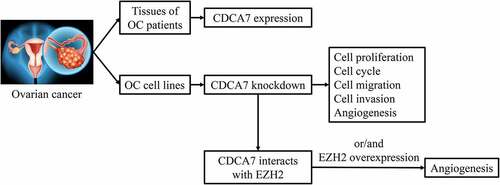Figures & data
Figure 1. Elevated CDCA7 expression in tumor tissues of OC patients
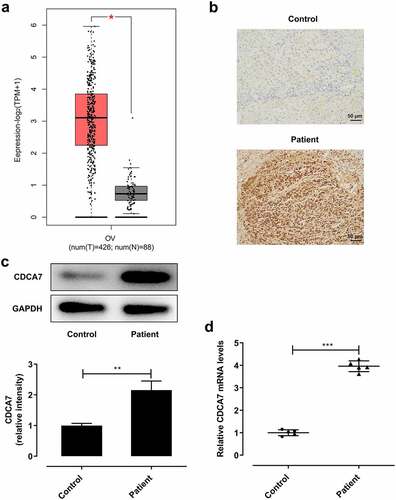
Figure 2. Elevated CDCA7 expression in OC cell lines

Figure 3. CDCA7 silencing arrested OC progression
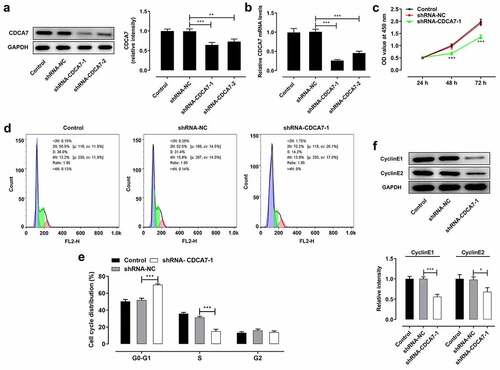
Figure 4. CDCA7 silencing restrained the migrative and invasive abilities of OC cells
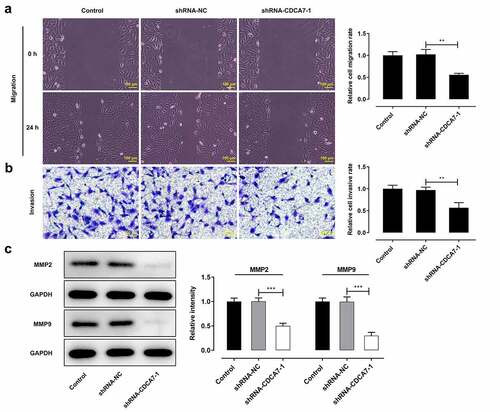
Figure 5. CDCA7 silencing repressed in vitro angiogenesis of HUVECs
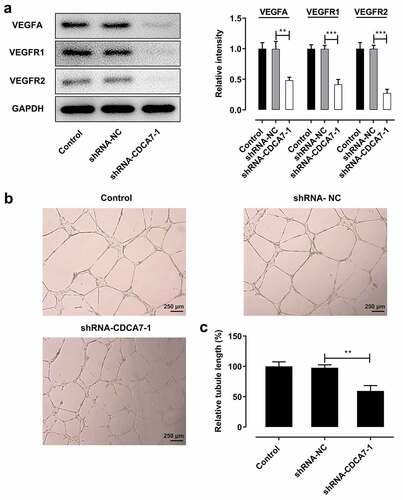
Figure 6. CDCA7 interacted with EZH2
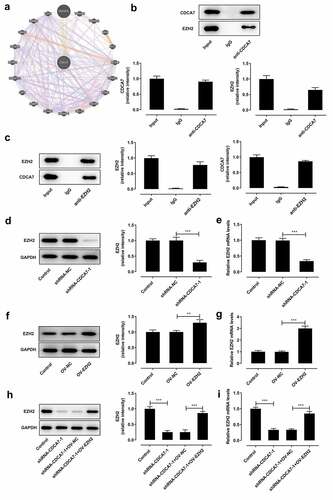
Availability of data and materials
The datasets used and/or analyzed during the present study are available from the corresponding author on reasonable request.

